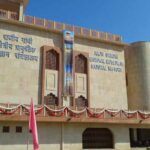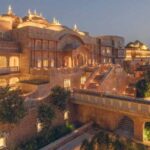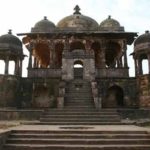Sawai Madhopur Travel Information is a captivating tourist destination located in the state of Rajasthan, India. Famous for its historical significance, rich culture, and breathtaking landscapes, it offers a delightful experience for travelers from all around the world.
The most renowned attraction in Sawai Madhopur is Ranthambore National Park. Spread across an area of 392 square kilometers, this wildlife sanctuary is a paradise for wildlife enthusiasts. It is home to a diverse range of flora and fauna, with the majestic Royal Bengal Tigers being the star attraction. Embarking on a thrilling safari here provides visitors with a chance to witness these magnificent creatures in their natural habitat Sawai Madhopur Travel Information.
Adding to its charm, Sawai Madhopur boasts an array of magnificent historical landmarks. The Ranthambore Fort, perched atop a hill, offers panoramic views of the surrounding landscape and is an architectural marvel dating back to the 10th century. The Trinetra Ganesh Temple, situated within the fort, holds religious significance and attracts pilgrims throughout the year.
For those interested in exploring the local culture and heritage, the Shilpgram handicrafts village is a must-visit. It showcases the vibrant art and craft traditions of Rajasthan, including pottery, textiles, and traditional jewelry.
Sawai Madhopur also offers a glimpse into rural life through its various cultural experiences and village tours. Interacting with the warm-hearted locals and participating in traditional folk performances allows visitors to immerse themselves in the local way of life Ranthambore Tour Packages.
To make the most of their visit, tourists can indulge in delicious Rajasthani cuisine, known for its rich flavors and unique blend of spices. Local markets offer an opportunity to shop for traditional handicrafts, textiles, and souvenirs.
In conclusion, Sawai Madhopur is a destination that effortlessly combines history, wildlife, and culture. Its allure lies in the seamless blend of ancient heritage and modern-day experiences, making it a memorable and enriching tourist destination for all who visit Ranthambore.
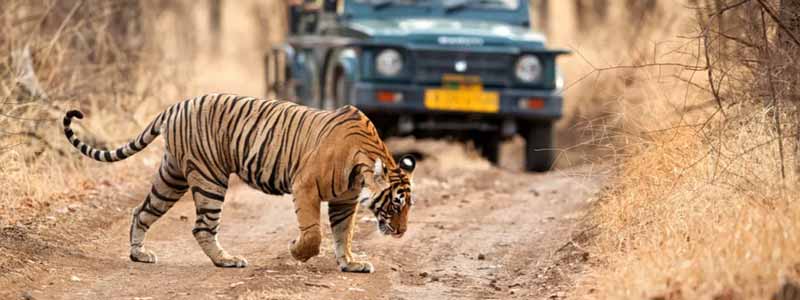
History of Sawai Madhopur
The history of Sawai Madhopur is steeped in rich heritage and has witnessed the rise and fall of several dynasties over the centuries.
The region around Sawai Madhopur has ancient roots, with archaeological evidence indicating human habitation dating back to the prehistoric era. It was part of the Matsya Kingdom in ancient India, which finds mention in Hindu scriptures and ancient texts like the Mahabharata.
During medieval times, Sawai Madhopur was an important part of the Rajputana region. In the 13th century, it came under the control of the Chauhan Rajputs. The region’s strategic location made it a coveted territory, leading to numerous battles and conflicts among different Rajput clans and invading armies things to see ranthambore.
In the 16th century, the Mughal Empire expanded its dominion over the region, and Sawai Madhopur became a part of their empire. The Mughals built several structures, including hunting lodges and forts, to take advantage of the abundant wildlife and natural beauty of the area. Ranthambore Fort, one of the prominent landmarks of the region, was constructed during this period.
The decline of the Mughal Empire saw the rise of regional powers, and in the 18th century, Sawai Madhopur became part of the princely state of Jaipur. It was ruled by the Kachwaha Rajputs, who held significant influence in the Jaipur kingdom. In the mid-18th century, Maharaja Sawai Madho Singh I, after whom the city is named, fortified the region and developed it further, Sawai Madhopur Travel Information.
During the British colonial era, Sawai Madhopur, like other princely states, came under indirect British rule, but the local rulers still held considerable authority over their territories. The region saw development and modernization under British influence, with the establishment of infrastructure like railways.
After India gained independence in 1947, Sawai Madhopur became part of the newly formed state of Rajasthan. The princely state system was abolished, and the region merged into the democratic framework of independent India.
Today, Sawai Madhopur remains an important district in the state of Rajasthan and is renowned for its cultural heritage, wildlife, and tourism. The presence of Ranthambore National Park has made it a significant destination for wildlife enthusiasts, and its historical monuments continue to attract tourists from around the world.
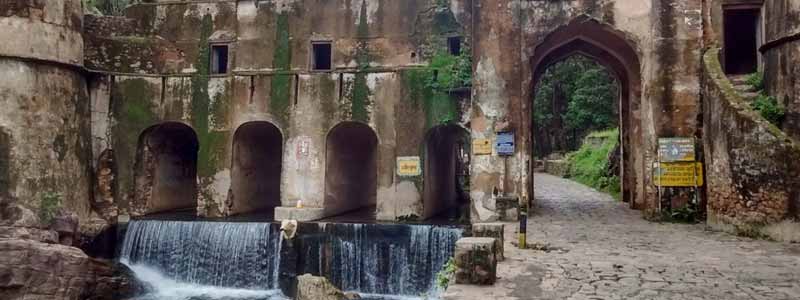
Places to Visit in Sawai Madhopur
Sawai Madhopur, located in the state of Rajasthan, India, offers a plethora of exciting places to visit, ranging from historical monuments to wildlife sanctuaries. Here are some of the must-visit attractions in Sawai Madhopur:
Ranthambore National Park: Undoubtedly the most famous attraction in Sawai Madhopur, Ranthambore National Park is a haven for wildlife enthusiasts. The park is renowned for its population of Royal Bengal Tigers and also houses various other wildlife species, including leopards, sloth bears, deer, and numerous bird species. Safari tours within the park provide an exhilarating opportunity to spot these magnificent creatures in their natural habitat Sawai Madhopur Travel Information.
Ranthambore Fort: Situated within the Ranthambore National Park, the Ranthambore Fort is an ancient marvel that dates back to the 10th century. The fort offers breathtaking panoramic views of the surrounding landscapes and is a UNESCO World Heritage Site. Its historical significance and architectural grandeur make it a must-visit for history buffs and photographers.
Trinetra Ganesh Temple: Located inside the Ranthambore Fort, the Trinetra Ganesh Temple is a popular religious site. The temple is dedicated to Lord Ganesha and is believed to be one of the oldest Ganesh temples in Rajasthan. Pilgrims visit here to seek blessings and offer their prayers.
Khandar Fort: About 40 kilometers from Sawai Madhopur, Khandar Fort is another historical gem worth exploring. It was originally constructed by the Chauhan Rajputs and later held strategic importance during the Mughal period. The fort offers a glimpse into the region’s past and boasts impressive architecture.
Surwal Lake: For birdwatching enthusiasts, Surwal Lake is a delightful spot to visit. It is a haven for migratory birds during the winter season, attracting a wide variety of avian species. Watching the colorful birds in the serene surroundings is a truly mesmerizing experience.
Shilpgram: Shilpgram is a handicrafts village that showcases the vibrant art and craft traditions of Rajasthan. Visitors can witness local artisans at work, creating intricate pottery, textiles, and traditional handicrafts. It is an excellent place to buy authentic souvenirs and support local artisans.
Rameshwaram Ghat: This beautiful ghat on the banks of the Chambal River provides a tranquil spot for visitors to relax and enjoy the scenic beauty of the river and its surroundings. It’s an ideal place for a peaceful evening stroll.
Sawai Madhopur offers a perfect blend of history, wildlife, and culture, making it a memorable destination for travelers seeking a diverse and enriching experience.
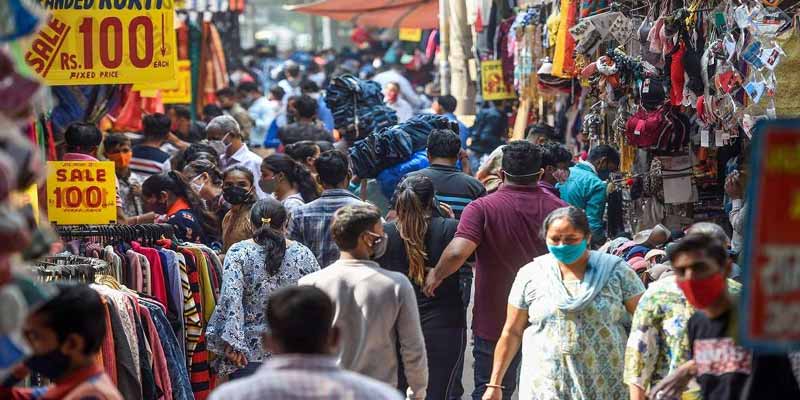
Famous Shopping Markets in Sawai Madhopur
Sawai Madhopur offers a delightful shopping experience for visitors looking to take home souvenirs and traditional Rajasthani handicrafts. Here are some famous shopping markets in Sawai Madhopur:
Ranthambore Road Market: This bustling market, located on the main road leading to Ranthambore National Park, is a popular shopping destination. It offers a wide range of souvenirs, including miniature tiger figurines, Rajasthani textiles, handicrafts, and traditional jewelry. The market is also known for its colorful bazaars and vibrant atmosphere Sawai Madhopur Travel Information.
Shilpgram Handicrafts Village: As mentioned earlier, Shilpgram is not only a cultural attraction but also an excellent place for shopping. It houses numerous stalls and shops selling a variety of handicrafts, pottery, and traditional Rajasthani artwork. Visitors can find intricately designed textiles, paintings, and wooden artifacts here.
Ranthambore School of Art: This art school in Sawai Madhopur promotes local artisans and artists. It has a dedicated shop where visitors can purchase beautiful artworks, paintings, and crafts made by talented local artists. Supporting this initiative helps sustain the local art and craft community.
Dastkar Emporium: Located near the Ranthambore Fort, the Dastkar Emporium is a government-run store that showcases and sells authentic Rajasthani crafts. It offers a vast collection of textiles, pottery, jewelry, and other handmade products, making it a reliable place to find genuine Rajasthani souvenirs.
Sawai Madhopur Local Market: The main local market in Sawai Madhopur is a vibrant place to explore. It caters to the daily needs of residents but also has shops selling local handicrafts and clothing items. Visitors can find traditional Rajasthani fabrics, scarves, and accessories here.
Rajiv Gandhi Circle Market: This market is located at Rajiv Gandhi Circle, which is a central location in Sawai Madhopur. It has several shops selling textiles, footwear, and traditional Rajasthani jewelry. Bargaining is common in these markets, so visitors can try their negotiation skills to get good deals.
While shopping in Sawai Madhopur, it is essential to be mindful of the authenticity of the products. Some items may be mass-produced and not reflect the true craftsmanship of the region. To support local artisans and get genuine Rajasthani handicrafts, it is best to visit government emporiums and recognized stores dedicated to promoting local talent Sawai Madhopur Travel Information.
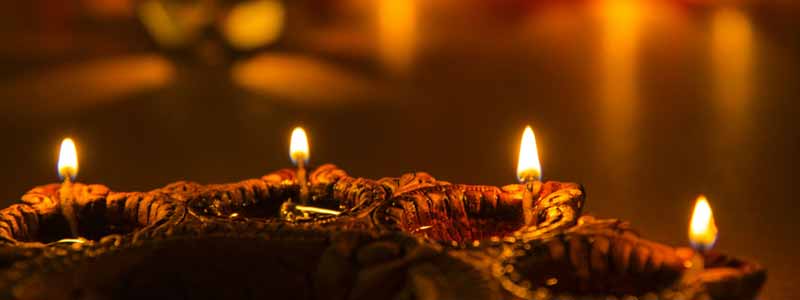
Fair & Festivals of Sawai Madhopur
Sawai Madhopur, like the rest of Rajasthan, celebrates several colorful and vibrant festivals that showcase the rich cultural heritage and traditions of the region. Some of the prominent fairs and festivals celebrated in Sawai Madhopur are:
Kaila Devi Fair: The Kaila Devi Fair is one of the most significant religious events in Sawai Madhopur and is held during the Chaitra month (March-April) of the Hindu calendar. Devotees from all over Rajasthan and neighboring states gather at the Kaila Devi Temple to seek blessings and offer prayers to the deity. The fair features colorful processions, folk performances, traditional music, and various stalls selling local handicrafts and food.
Gangaur Festival: Gangaur is a popular festival celebrated throughout Rajasthan, and Sawai Madhopur is no exception. It takes place in the month of Chaitra (March-April) and lasts for several days. The festival is dedicated to Goddess Parvati, and women participate with great enthusiasm, dressing up in traditional attire and carrying beautifully decorated clay pots on their heads. Cultural events and processions add to the festive spirit.
Teej Festival: Teej is another significant festival celebrated with zeal in Sawai Madhopur, usually falling in the month of Shravan (July-August). It is a monsoon festival that celebrates the union of Lord Shiva and Goddess Parvati. Women celebrate Teej by singing folk songs, dancing, and swinging on decorated swings. The markets are adorned with colorful bangles, traditional clothes, and other festive items during this time.
Dussehra: Dussehra, also known as Vijayadashami, is celebrated with great enthusiasm in Sawai Madhopur. The effigy of Ravana is burnt to symbolize the victory of good over evil. Cultural programs, fairs, and processions are organized throughout the city during this festival.
Diwali: Diwali, the festival of lights, is celebrated with joy and fervor in Sawai Madhopur. The entire city is illuminated with colorful lights and diyas (oil lamps). People exchange sweets and gifts, and fireworks light up the night sky Sawai Madhopur Travel Information.
Makar Sankranti: Makar Sankranti, marking the transition of the sun into Capricorn, is celebrated with kite-flying competitions and other festivities. The sky becomes vibrant with kites of various colors and shapes, making it a unique and joyful celebration.
These festivals not only add vibrancy to the cultural landscape of Sawai Madhopur but also offer visitors a chance to witness the authentic traditions and customs of Rajasthan. Travelers planning to visit during these festive occasions can experience the true essence of the region’s culture and hospitality.

Best Time to Visit Sawai Madhopur
The best time to visit Sawai Madhopur is during the winter and early spring months, from October to March. This period offers pleasant weather and comfortable temperatures, making it ideal for exploring the region’s wildlife and historical attractions. Here’s a breakdown of the seasons in Sawai Madhopur:
Winter (October to February): Winter in Sawai Madhopur is the peak tourist season. The weather is cool and pleasant, with temperatures ranging from 10°C to 25°C (50°F to 77°F). It is the perfect time for wildlife safaris in Ranthambore National Park, as the animals are more active during the day, and the chances of spotting tigers and other wildlife are higher. The pleasant weather also allows for comfortable sightseeing of the historical monuments in the area.
Spring (March to April): Spring is another favorable time to visit Sawai Madhopur. The weather remains mild and pleasant during these months, with temperatures gradually starting to rise towards the end of April. It’s an excellent time to experience the local festivals like Kaila Devi Fair and Gangaur Festival, which add a cultural charm to the visit.
Summer (May to June): Summer in Sawai Madhopur can be scorching, with temperatures soaring above 40°C (104°F). The weather is hot and dry, and wildlife sightings may be limited as animals tend to stay in shaded areas during the peak heat of the day. It is advisable to avoid visiting during these months unless you can handle extreme heat Sawai Madhopur Travel Information.
Monsoon (July to September): The monsoon season brings rainfall to the region, and the landscape turns lush green. While the monsoon rejuvenates the natural beauty of Sawai Madhopur, it may not be the best time for wildlife safaris due to heavy rainfall and park closures for the breeding season of animals. Additionally, the chances of encountering mosquitoes and insects increase during this time.
In conclusion, the best time to visit Sawai Madhopur is during the winter and early spring months (October to March), when the weather is pleasant, and wildlife sightings are more promising. However, if you don’t mind the heat, you can also consider visiting during the spring months (March to April) to witness the local festivals and cultural celebrations.
How to Reach Sawai Madhopur
Sawai Madhopur is well-connected to various parts of India by air, rail, and road. Here are the different ways to reach Sawai Madhopur:
By Air: The nearest airport to Sawai Madhopur is Jaipur International Airport, located approximately 160 kilometers away. From the airport, you can hire a taxi or take a pre-booked car to reach Sawai Madhopur. Jaipur Airport is well-connected to major cities in India and also receives international flights.
By Train: Sawai Madhopur has its railway station, known as Sawai Madhopur Junction (SWM), which is an important railway hub in Rajasthan. It is well-connected to various cities like Delhi, Jaipur, Mumbai, Kolkata, and others. Several trains, including superfast and express trains, operate on this route. From the railway station, you can easily find auto-rickshaws, cycle-rickshaws, or taxis to reach your destination within the city.
By Road: Sawai Madhopur is well-connected by road to major cities and towns in Rajasthan and neighboring states. National Highway 116 (NH 116) passes through the city, making it accessible by road. You can either drive to Sawai Madhopur by your private vehicle or take a state-run or private bus from nearby cities like Jaipur, Kota, Ajmer, and others.
By Bus: State transport buses and private buses operate regularly to Sawai Madhopur from various cities and towns in Rajasthan. Jaipur, the capital city of Rajasthan, is approximately 180 kilometers away from Sawai Madhopur, and the journey takes around 4-5 hours by bus.
It is important to note that Sawai Madhopur is the gateway to Ranthambore National Park, a popular wildlife sanctuary. If you are planning to visit Ranthambore, it is advisable to book your safaris and accommodations in advance, especially during the peak tourist season (October to March). Overall, the transportation options to Sawai Madhopur are convenient, allowing visitors to reach this beautiful destination with ease.

